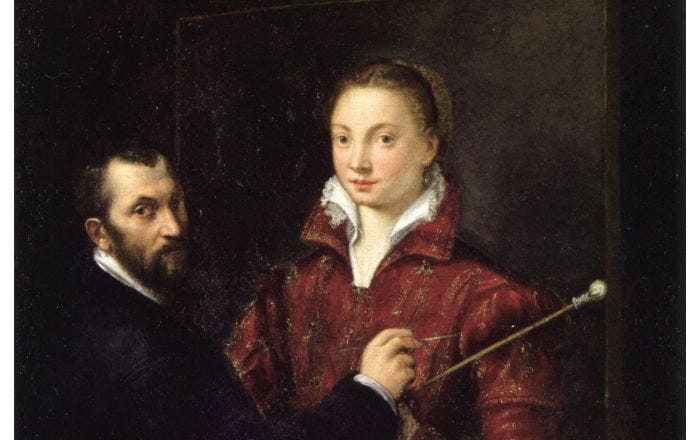The history and meaning of portraiture

This course has now started
- Course Code: VB234
- Dates: 15/04/24 - 17/06/24
- Time: 18:00 - 20:00
- Taught: Mon, Evening
- Duration: 8 sessions (over 10 weeks)
- Location: Keeley Street
- Tutor: Leslie Primo
Course Code: VB234
Duration: 8 sessions (over 10 weeks)
Please note: We offer a wide variety of financial support to make courses affordable. Just visit our online Help Centre for more information on a range of topics including fees, online learning and FAQs.
What is the course about?
We’ll explore some of the key portraits in art history and explore how the portrait’s meaning and function have changed since the Renaissance. We’ll explore whether a portrait has to convey an accurate likeness and how artists go about trying to convey “character”. We’ll also examine how a self-portrait might differ from a portrait of other sitters: can we tell by the scrutiny of the gaze whether a portrait is a self-portrait? We’ll also consider why the portrait continues to endure despite photography.
What will we cover?
- Why the portrait became such a popular genre at the time it did
- The different styles of portraiture
- How portraits convey meaning
- How portraits convey character.
What will I achieve?
By the end of this course you should be able to...
- Identify different art historical styles in portraiture
- Demonstrate an understanding of the motifs and symbolism associated with portraiture
- Demonstrate an awareness of the contextual art historical movements of portraits we examine.
What level is the course and do I need any particular skills?
This course is suitable for all levels.
You should be able to follow simple written and verbal instructions, demonstrations, hand-outs and health and safety information, and will be invited to take part in group discussion.
How will I be taught, and will there be any work outside the class?
You will be taught with slide presentations and group discussions. Handouts will be provided by your tutor to support your learning on the course; these handouts will be available digitally via a Google Classroom. You will be invited to join the Google Classroom within a week of your course start date.
Are there any other costs? Is there anything I need to bring?
You might wish to purchase a notebook for taking notes. You might wish to buy some of the books on any reading list provided.
When I've finished, what course can I do next?
National Portrait Gallery
National Gallery
Styles in art: medieval to modern.
Leslie Primo has spent more than 15 years giving lectures to the general public at the National Gallery for the Information and Education departments. During this time he graduated with a degree in History of Art and an MA in Renaissance Studies from Birkbeck, University College of London. In his studies he specialised in early Medieval and Renaissance studies, including, Italian Renaissance Drawing, Art and Architecture in Europe 1250-1400 Art and Architecture in Europe 1400-1500, Medici and Patronage, Narrative Painting in the Age of Giotto, and the work of Peter Paul Rubens focusing on his paintings of the Judgement of Paris, and Greek Myth in paintings. He is also an accredited Art Society lecturer.
Please note: We reserve the right to change our tutors from those advertised. This happens rarely, but if it does, we are unable to refund fees due to this. Our tutors may have different teaching styles; however we guarantee a consistent quality of teaching in all our courses.